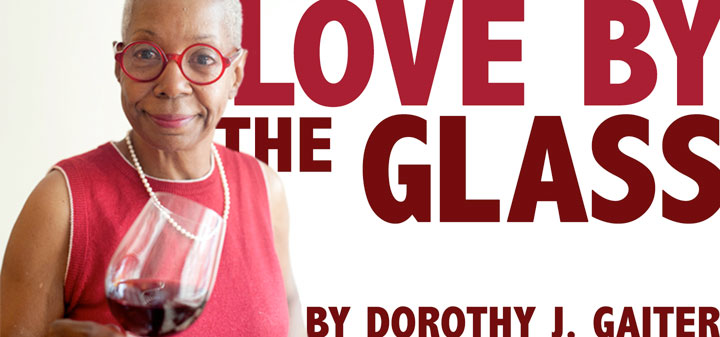
One of the pleasures of living in a diverse society is sampling the traditional foods and beverages of another culture. So it was that several years ago our German friend, Ursula Massoud of Paumanok Vineyards on Long Island, New York, piqued our interest when she told us about May Wine, a celebratory drink of Germany. May Wine celebrates the arrival of Spring, she said, and it usually is made with a young Riesling and sweet woodruff, an aromatic plant.
Intrigued, we purchased a few bottles from various winemakers. Served well-chilled with strawberries in them, they were like a delightful punch, light and fun, with a nose of vanilla and hints of cinnamon that reminded me of the spiced apples or peaches my mom served with roast pork. May Wine is also called Maibowle, since it is sometimes served in a bowl with a block of ice and citrus slices or strawberries or raspberries. One official name of the perennial plant is Galium odoratum. Among its many uses, its dried green leaves have been employed since medieval times as an air freshener, insect repellant, a tea to calm nerves, and as a poultice to relieve pain. While some nurseries have the live plant, you can order the dried leaves online.
When the Massouds invited us to the Heidelberg restaurant in Yorkville, a once heavily Germanic neighborhood on the east side of Manhattan, we jumped at the chance to have a traditional German meal and a German May Wine. A week later, Ursula sent me a pot of sweet woodruff to plant. We had met Ursula and her Lebanese husband, Charles, and their three sons long before we wrote about wine. When our daughters were little, they’d taken hay rides around the Massouds’ vineyard at a harvest celebration. Dried sweet woodruff smells like fresh-mown hay. The huge, old brick flower box, off the wrap-around deck at our country cabin, is where I planted the sweet woodruff. As it has for 10 years, it’s flowering now a few feet from grape vines we planted so we could track the activities of winegrowers, from budbreak to harvest.
Last weekend, when I decided to make May Wine, we didn’t have a young Reisling, so I grabbed a bottle of HandCraft Artisan Collection 2012 Inspiration White from California. At $13.99, it’s mostly Riesling blended with Sauvignon Blanc, Viognier, Moscato and Pinot Grigio. I picked a few leaves and dried them slowly on a cookie sheet in the oven, concentrating the flavor. Then I put the leaves in a bowl with the wine and let it steep overnight, infusing the wine with the mild and comforting flavors of vanilla and cinnamon.
If you don’t have the time to let it sit overnight, several hours will do. Then drain the wine off the leaves. Some people add sugar, others Champagne or ginger ale. Still others soak the fruit in Cognac. We just added strawberries and blueberries since we had those in the house and served it in tall, chilled glasses.
After the rainstorm on Friday that washed out the Mets game at Citi Field, the sun on Saturday was the perfect accompaniment to our May Wine. If only this elixir could help the Mets win.
Dorothy J. Gaiter conceived and wrote The Wall Street Journal's wine column, "Tastings," from 1998 to 2010 with her husband, John Brecher. She has been tasting and studying wine since 1973. She has had a distinguished career in journalism as a reporter, editor, columnist, and editorial writer at The Miami Herald and The New York Times, as well as at The Journal.










